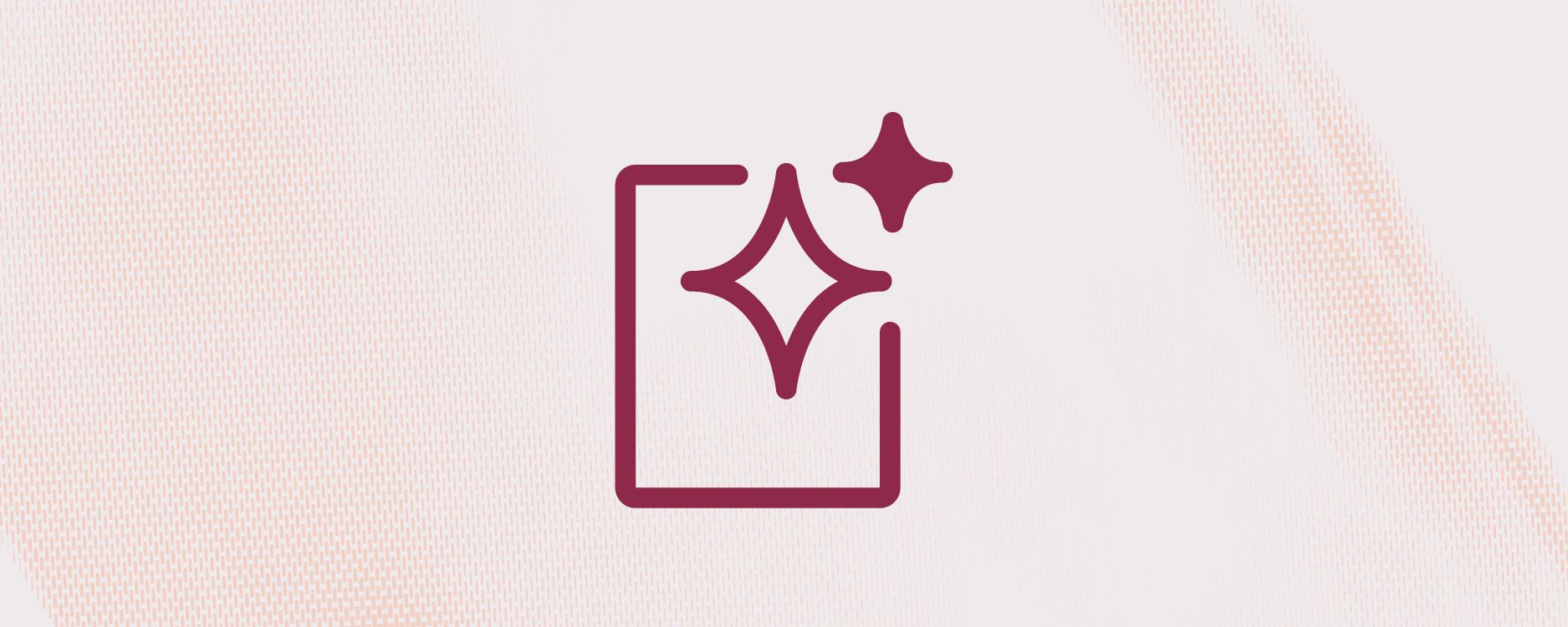SPARTAN™ banknotes provide a stronger, safer, cleaner and greener alternative for currency at the note/coin boundary.

SPARTAN was engineered with one key objective – to be the world’s toughest banknote.
However, its extreme durability does not come at the cost of security, sustainability or cleanliness.
Since GUARDIAN™ substrate revolutionised the currency sector, CCL Secure has continued to innovate, research and develop every aspect of banknote technology. This means that SPARTAN has leveraged the learnings from decades of transferrable research, experience and expertise.
Many of the security features available with GUARDIAN substrate can be applied to SPARTAN as well, and the same recycling process applies for both products.

SPARTAN banknotes lasts significantly longer than cotton-paper alternatives, according to independent evaluation conducted by the Swiss Center for Competence for Print and Media Technology (UGRA).
UGRA evaluated SPARTAN™ against seven other banknotes. They tested key durability metrics including soiling, crumpling, abrasion, colouring, porosity, limpness, hot washing and Taber abrasion. SPARTAN was proven to be the most durable banknote in every test.
This extreme toughness is the result of innovative research and development, beginning with the base film developed specifically for SPARTAN banknotes, called Propanote™ Opacity W. Its opacity contributes to the durability of SPARTAN banknotes by negating the need for printed opacification, which completely eliminates any potential for opacification ink wear.
To complement this purpose-made film, CCL Secure also developed a new range of inks optimised to work with SPARTAN polymer core. The inks bind strongly to the Opacity W film to enhance resistance to abrasion and crumple, while also ensuring the vibrant colours.
SPARTAN banknotes maintain their quality for longer in circulation, reducing the rate of replacement and lowering procurement costs for central banks.

SPARTAN banknotes continue the GUARDIAN tradition of unmatched security against counterfeits.
This begins with a unique processing ‘fingerprint’ in the base film, that enables issuing authorities to forensically authenticate a SPARTAN banknote. As part of the process of substrate design, central banks can select from a range of overt and covert security features spanning Levels 1, 2 and 3. These include metallic inks, magnetics and infrared, high-resolution security printing techniques, and inks that fluoresce under ultraviolet light.
Because SPARTAN is a finished banknote product, its production process includes numbering.

SPARTAN banknotes are cleaner than cotton–paper alternatives. Their smooth, non-porous surface prevents the absorption of moisture, which significantly reduces the transmission of dirt, bacteria and viruses.
“We found that bacteria found on human hands are less capable of sticking to plastic banknotes.
“In addition, bacteria found on human hands die-off faster when on plastic banknotes.”
– Professor Frank Vriesekoop, Harper Adams University
SPARTAN banknotes can also be cleaned with a damp cloth.

The longer life of SPARTAN banknotes reduces the rate of replacement for unfit notes. This means fewer banknotes are needed to maintain supply, reducing raw material use over time, as well as emissions from transport during the distribution phase of the cash cycle.
SPARTAN banknotes can also be fully recycled using the same process as GUARDIAN. Once recalled and sorted by central banks, SPARTAN banknotes can be shredded and transformed into new products, from construction materials to household items.
Unlike those printed on cotton-paper substrate, SPARTAN banknotes can be fully recycled.
After their long life in circulation, SPARTAN banknotes get returned to central banks where they’re securely sorted and shredded. This means they don’t get discarded or pollute the environment. Instead, SPARTAN banknotes are converted to polymer pellets that can be on-sold for use in durable products.
Want To Know More?
Complete the form below to contact the Spartan Team